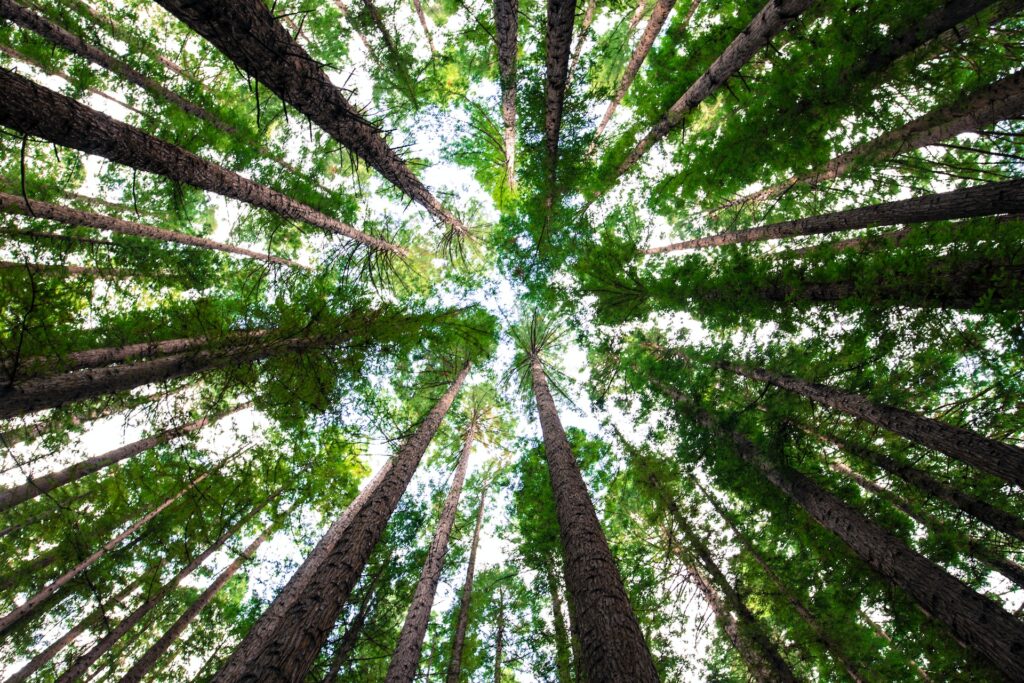
The government and partners recently launched an ambitious campaign to plant and grow 15 billion trees to triple Kenya’s tree cover from 12% to 30% by 2032. The initiative aims to combat climate change and support socio-economic development. To ensure success, the campaign should incorporate low-cost and efficient tree-growing methods like natural regeneration.
Based on the principle that nature recovers by itself given the chance, the natural regeneration approach does not plant trees, but it provides enabling conditions for them to grow from seeds dispersed on the ground by wind, animals, and other natural agents. It also manages tree stumps and saplings to speed up their growth or regrowth.
This method is not new but many campaigns to increase tree cover are yet to fully tap into its huge potential for scaling regreening efforts. Kenya’s latest tree-growing campaign offers a good opportunity to expand the use of natural regeneration where feasible.
Backed by a growing body of scientific literature, natural regeneration experts in Kenya and the world are increasingly promoting the method in the face of the global crises of climate change and biodiversity loss.
The approach is not meant to supplant tree planting but forms part of proven ecosystem restoration options to be deployed where suitable. In Migori County, for example, local communities are attracting attention for successfully restoring Mirema forest using both natural regeneration and planting of trees. The 2000-acre site had been a treeless horror just five years ago following decades of logging but now boasts lush greenery. Similar success stories abound.
While the two methods can be deployed together, some nature restoration gurus argue that natural regeneration should be the default option for growing trees, with planting done only where local conditions impede natural regrowth. They provide reasons for this.
Tree planting needs substantial investments in money, labour and time, making it a challenge to implement and sustain at scale, especially in developing countries like Kenya. The natural regeneration method can help boost tree cover more cheaply. Some studies in Brazil found it to be 70% cheaper than tree planting. The cost reductions could vary in Kenya and other contexts.
Natural regeneration also results in a greater diversity of plant and animal life, making ecosystems more resilient against stressors like climate change and pests. Regenerated trees often survive better than planted ones. As a context, most tree planting drives in Kenya have an average tree survival rate of 50% or less.
In addition, some research studies have found that naturally regrown trees absorb more carbon pollution from the atmosphere than their planted counterparts making them more valuable in combating climate change. A 2020 study co-authored by experts from nonprofit organizations such as Conservation International and the World Resources Institute revealed that the carbon-absorbing capacity of naturally regenerating forests has been underestimated by at least 32%.
According to the United Nations Food and Agriculture Organization, natural regeneration has the greatest potential near forests or land with existing trees that can provide seeds for natural tree regrowth. But where land is severely degraded and soil seed banks depleted, it may not work.
A primer published in 2020 by World Agroforestry and partners notes that natural regeneration has proven more effective than tree planting in Kenya’s drylands, especially in areas with existing stock of seeds and stumps in the soil.
Being a low-cost and replicable method, regrowing trees can be particularly viable for reversing the diminishing tree cover in our farmlands, especially smallholder ones, to enhance climate resilience, agricultural production and livelihoods.
Several organizations have successfully piloted or implemented the approach on farms in Kenya and Africa under the name of Farmer-Managed Natural Regeneration (FMNR). We now need to expand it across the country, where suitable, to reap its enormous benefits.
It’s encouraging to note that the scaling of FMNR is already happening. For instance, the Global Evergreening Alliance, a nonprofit, and partners recently launched a US$150 million (Sh18 billion) effort to deploy FMNR alongside tree planting to restore 1.9 million hectares of smallholder farms across six African countries, including Kenya.
Such restoration initiatives are needed urgently as climate change and nature loss take a devastating toll on food security and socioeconomic development.
As tree-growing and ecosystem restoration efforts proceed in Kenya and Africa in line with the United Nations Decade on Ecosystem Restoration (2021-2030), natural regeneration should play a more prominent role.